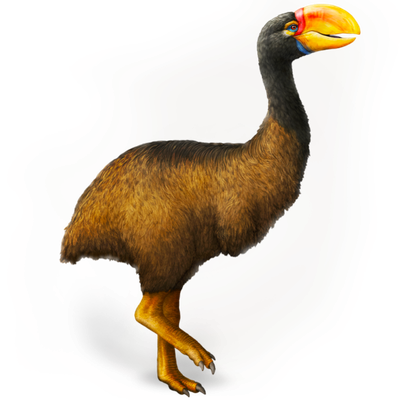Your search returned 124 results
By Page Type
By Tag
- All
- fish (966)
- blog (696)
- fishes of sydney harbour (401)
- First Nations (299)
- Blog (236)
- AMRI (169)
- archives (164)
- Eureka Prizes (146)
- Aboriginal and Torres Strait Islander (135)
- insect (126)
- Ichthyology (124)
- geoscience (109)
- minerals (102)
- climate change (100)
- podcast (94)
- Fish (91)
- Anthropology (89)
- International collections (80)
- Minerals Gallery (78)
- wildlife of sydney (78)
- Labridae (77)
- frog (74)
- gemstone (70)
- history (64)
- photography (64)
- Mollusca (60)
- gem (59)
- staff (59)
- Birds (56)
- Gems (56)
- Indonesia (56)
- education (56)
- shark (55)
- AMplify (54)
- people (53)
- earth sciences (50)
- past exhibitions (50)
- exhibition (49)
- Gobiidae (48)
- sustainability (46)
- Pomacentridae (45)
- Serranidae (44)
- lifelong learning (42)
- science (42)
- Earth and Environmental Science (41)
- Syngnathidae (41)
- Ancient Egypt (40)
- Bali (40)
- bird (40)
- dangerous australians (40)
-
Which is correct 'fish' or 'fishes'?
https://australian.museum/learn/animals/fishes/fish-and-fishes/How should the words 'fish' and 'fishes' be used? Some people say that there is no such word as 'fishes'. There is, and its use is simple.
-
Ophichthid leptocephalus off Kona, Hawaii
https://australian.museum/learn/animals/fishes/ophichthid-leptocephalus-/Video of Ophichthid leptocephalus
-
History of Ichthyology
https://australian.museum/about/history/people/history-of-ichthyology/After a slow start, the Museum's collection of fishes has grown to provide a comprehensive resource for research scientists.
-
What is a shrimpgoby?
https://australian.museum/learn/animals/fishes/what-is-a-shrimpgoby/The mutualistic relationship between shrimpgobies (also known as prawngobies) and alpheid shrimps, which live together in the same burrow, has been known for many years.
-
Fish FAQ - Why are they called parrotfishes?
https://australian.museum/learn/animals/fishes/why-are-they-called-parrotfishes/The name 'parrotfish' refers to the fused teeth which resemble a parrot-like beak.
-
Why are the eyes of larval Black Dragonfish on stalks?
https://australian.museum/learn/animals/fishes/eyes-of-larval-black-dragonfish/Larval Black Dragonfish are long, slender and transparent, with eyes on long stalks that can be up to half the length of the body.
-
What is the fastest fish?
https://australian.museum/learn/animals/fishes/what-is-the-fastest-fish/Measuring the swimming speed of large fishes in the wild is extremely difficult. Which species is the fastest?
-
What is the deepest-living fish?
https://australian.museum/learn/animals/fishes/what-is-the-deepest-living-fish/The deepsea has long held a fascination for people. What is the 'fishy depth record'?
-
Fish FAQ - Can fishes change sex?
https://australian.museum/learn/animals/fishes/fish-faq-can-fishes-change-sex/Bizarre as it might sound, sex change is quite common in the fish world.
-
Fish scales
https://australian.museum/learn/animals/fishes/fish-scales/A fish scale is a fish scale, right? Think again. There are a number of types of fish scales and they come in all sorts of shapes and sizes.
-
Discover more
2025 Australian Geographic Nature Photographer of the Year
Special exhibition
Free entry
Now open -
Discover more
Unfinished Business
Special exhibition
Free entry
Now open -
Find out more
Surviving Australia
Permanent exhibition
Free entry
Now open![]()
-
Find out more
Burra
Permanent kids learning space
Free entry
10am - 4.30pm![]()
-
Discover more
Minerals
Permanent exhibition
Free entry
Open daily![]()





